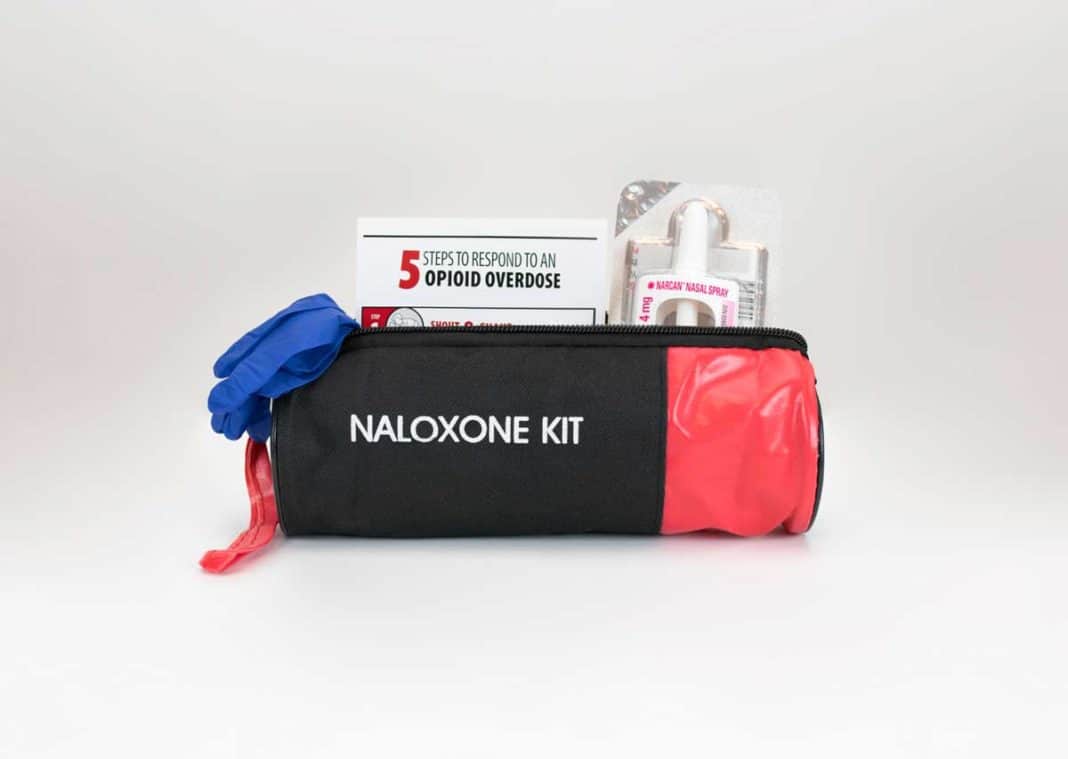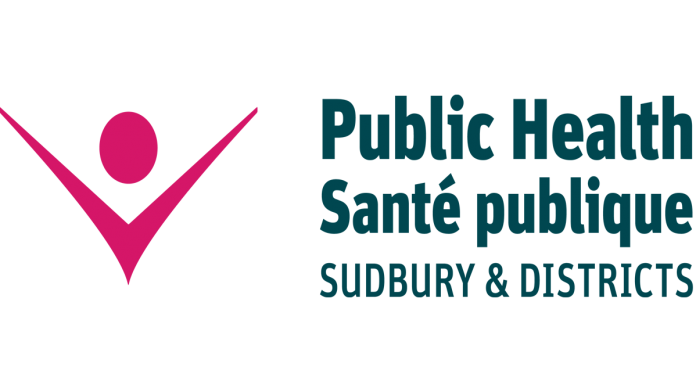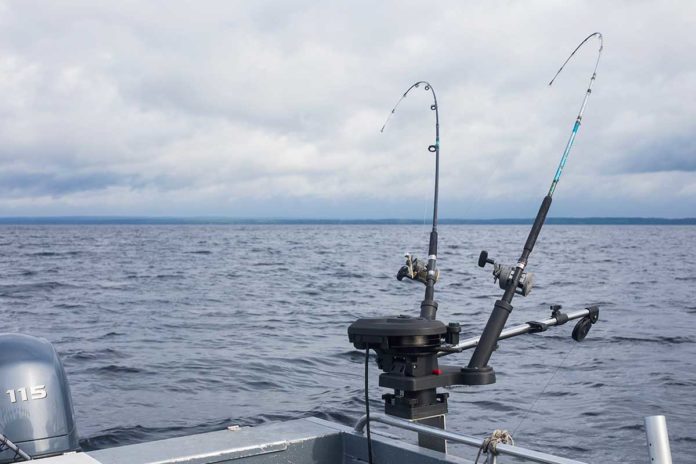MANITOULIN – Northern Ontario is in the middle of a public health crisis where the number of opioid deaths has far exceeded the number of deaths related to the COVID-19 pandemic, said the Northern Ontario Service Deliverers Association (NOSDA). Because the mental health and addictions issue is a public health crisis that is devastating communities because of the lack of resources available in Northern Ontario, NOSDA has called on the province and a number of ministries “to take an all of government approach to manage and find solutions to the public health crisis in the North.” They are also calling on the premier to establish a Northern Ontario joint partnership table to manage the crisis.
NOSDA representatives will meet with Michael Tibollo, associate minister for mental health and addictions, on August 17 during the Association of Municipalities of Ontario conference.
There is a lack of treatment centres in the North, said Fern Dominelli, executive director for NOSDA. “When you realize the issues, the number of emergencies and the wait lists for treatment, you can see it’s difficult in the North. The province recently announced that Sault Ste. Marie is getting a new treatment centre and that’s a good thing. I think his government is committed to dealing with the mental health and addictions issue.” Ontario has committed $3.8 billion over 10 years to support the government’s Roadmap to Wellness plan which includes $32.7 million in new annualized funding for targeted addictions services and supports, including treatment for opioid addictions, announced in July.
The disparity between programming in the more urban southern Ontario and Northern Ontario remains. “There has been funding and we do appreciate that,” Michele Boileau, NOSDA chair, said. “The government and the Ministry of Health is recognizing the crisis. In Timmins, for example, we’ve found that it’s not necessarily just a lack of resources that is the problem that is hindering people from being able to access the proper supports. It’s also a matter of having the right services, the right resources, the right supports in place for our current community needs.” (She’s using a Timmins context because that’s where she’s located and she’s more familiar with it.) “What we’ve been finding within the various systems here is there’s a bit of a misalignment between the resources that are available within the community and what’s actually needed today. We know that especially with the opioid crisis, the needs of the community have changed greatly, even just within the last 10 or 20 years.”
NOSDA’s call to strike a joint partnership table that brings together all the parties is one of the more important pieces of the resolution, Ms. Boileau said. By asking what are the needs in our communities and how can we readjust and modify or add to what’s already there, the joint partnership table will be able to determine what’s needed and what can be done to fill the gaps. “Coming from a district services board perspective, the government is entrusting us as social service managers to manage these resources and including housing, child care, social assistance, so it’s only logical that they include us at a table when trying to address this public health crisis. As we know, these are complex, compounding issues and they’re all interrelated. We can’t be working in silos. We hope that as NOSDA members the Ministry of Health will call on us to provide our feedback and to share some of our expertise.”
Municipalities and municipal leadership also have a role in addressing the crisis, Ms. Boileau acknowledged, but that would be more of a political and communications role. “We know that our mayors have the opportunity to sit down with our ministers and higher levels of government so it’s very important that our municipalities and municipal leaders be involved, that they know what the realities are for social agencies and what the realities are in communities so that they can speak to that when they do have the opportunity to sit down with the relevant minister. It’s certainly important and not just important in terms of the delegation our municipal leaders will have but also, and again I’m speaking from the Timmins context, our municipal leaders can have an important role to play in the messaging that goes out to the community.” Communities are looking to their service boards to see what direction they will take so it’s very important that municipal leaders are looking at these issues, she said.
“Municipalities should be working with the social agencies in partnership to help bring the community in the right direction forward. There’s certainly a role, but it definitely remains a political role. Our municipal leaders are also on various boards and committees so I know personally that we’re able to draw links between the work we’ve done on one board or committee by one agency and bring some of that over to the other table. I think we’re learning more and more as we study this crisis and it’s imperative that the different agencies work together and are communicating and that we’re drawing on as many synergies as possible to address the crisis.”
Ms. Boileau stressed that, “first and foremost, we need to continue to refer to the crisis as a public health crisis. It’s important as district services boards and as service system managers that we work together to make sure that the different levels of government are also recognizing the importance of what we’re dealing with here in Northern Ontario as a public health crisis. This is important because as we’ve seen now, especially in the past year or so, when it comes to public health the government is ready to mobilize quickly when needed and pull together the resources required to address a public health issue. It’s our opinion that what we’ve been dealing with, this mental health and addictions issue, is just like the COVID-19 health crisis or any other public health crisis.”
“All parties need to mobilize together with the government to be successful,” said Mr. Dominelli. “We believe in the ‘all of government’ approach to issues so we are hoping this will hit home with them. It’s not always about more money but about using the resources we have in the best way we can. It’s about getting the right resource mix for an area.”





